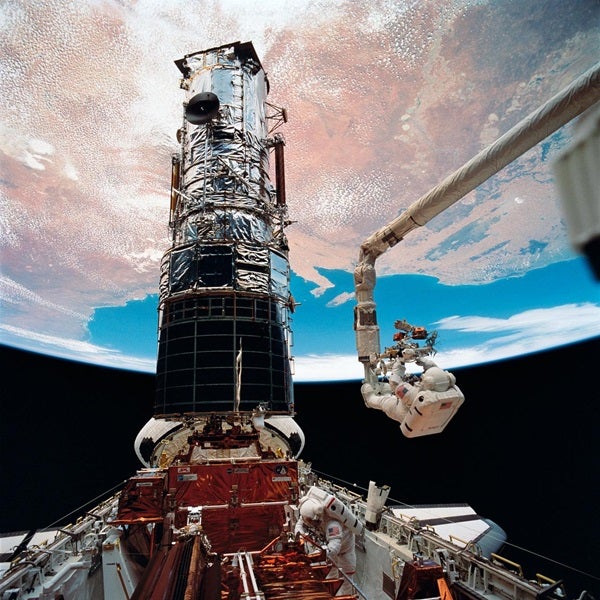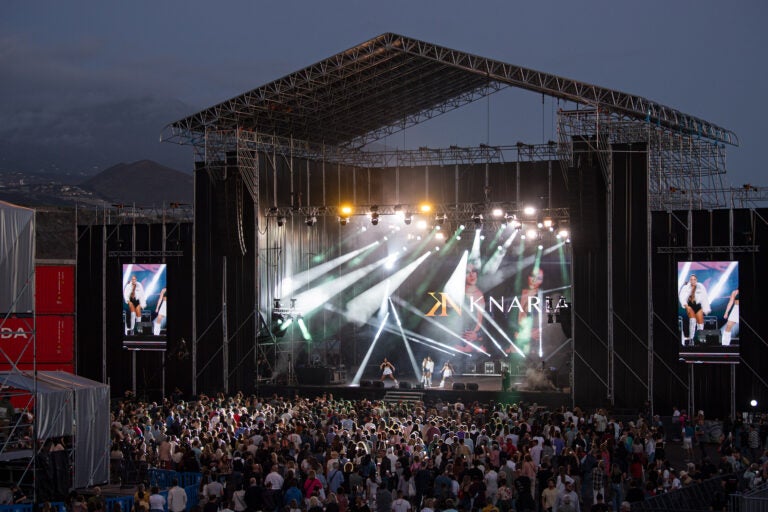Hubble was built with six gyroscopes designed to keep the telescope pointed the same way for long periods of time. These six gyroscopes were replaced during a 2009 repair mission to the telescope. But, over the years, some of these gyroscopes have failed and stopped functioning properly.
The Trouble With Hubble’s Gyros
The space agency says that at least three gyros are required for “optimal operations.” Still, the telescope can function with just two gyros, and it could even continue observing the universe with just one.
“The plan has always been to drop to 1-gyro mode when two remain,” Rachel Osten, deputy head of the Hubble mission, said on Twitter. “There isn’t much difference between 2- and 1, and it buys lots of extra observing time. Which the Astro community wants desperately.”
The official Hubble Twitter account echoed this sentiment, tweeting that the telescope was “built with multiple redundancies,” and that even though it is left with just two gyros, it can work with just one.
“Not Really Scary”
While this expected setback is certainly not positive news, it’s not a death sentence for Hubble. Officials have stated that they expect the telescope to last at least through 2020. The James Webb Space Telescope, Hubble’s powerful successor (at least, in the infrared regime), is currently set to launch in 2021. So, even if Hubble does continue to lose functionality or have expected issues like this gyro failure over the next couple of years, the James Webb should eventually be able to pick up where Hubble leaves off.










